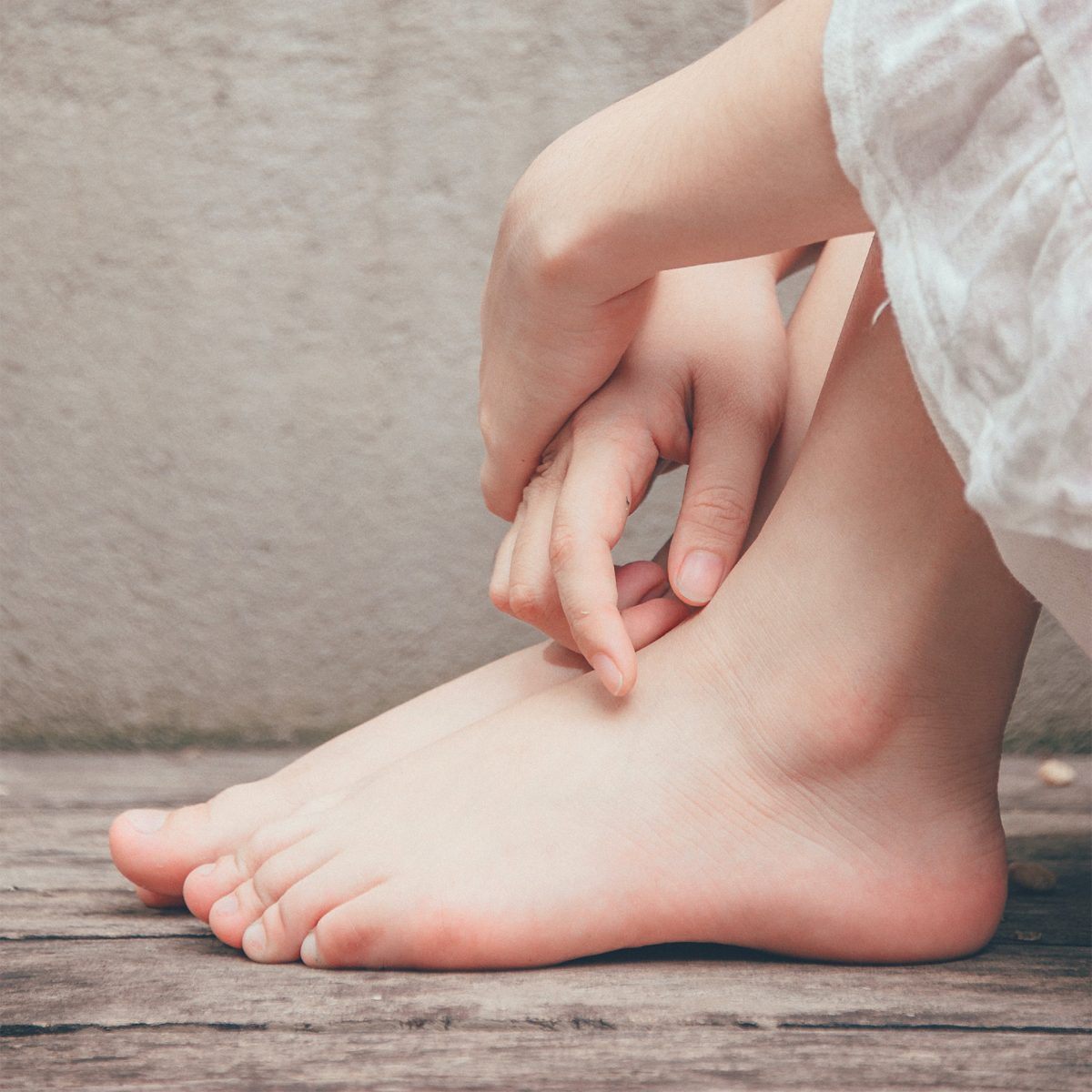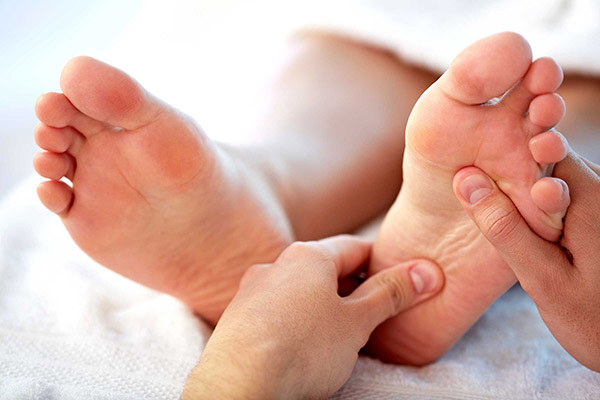What Is Reflexology?
Reflexology is multi-strand medical practice and therapy that involves applying pressure and massages to specific reflex points on the feet and hands to relieve pain in other parts of the body and treat illness.
What Is The Difference Between Reflexology Therapy And Massage Therapy?
Reflexology is centred on using different techniques like thumb movements just on reflex points in the hands, feet and ears to improve the body functions internally or from the inside out. In contrast, massage therapy works to improve and relieve the whole structure of the body from stresses externally by stimulating larger muscle groups.
History Of Reflexology
Early practices similar to reflexology have been documented from historical times in Egypt and China. However, modern-day reflexology evolved from these ancient techniques resembling reflexology. It was introduced to the US by a medical doctor, William H. Fitzgerald, who specialised in healthcare for the ear, throat and nose. In time, Eunice Ingham, a physiotherapist from the 1940s, modified it to zone therapy reflexology which is widely used as the basis for reflexology today.
Theories Of Reflexology And How It Works
Zone theory is the primary belief that reflexology operates on. It holds that the body has ten different zones linked to different body parts, mapped out on the hand, feet and ear. Zone theory makes an assertion that touching each finger and toe allows access to body parts allocated to the corresponding zone. In reflexology, all the body parts correlate to points on the hands, feet and ears called reflex points. Reflexologists use these reflex points in the hands, feet and ear to trace corresponding body parts where pressure needs to apply.
In addition, reflexology practised in ancient China was based on the belief in Qi. It is considered the life force that is held by the body internally. Qi is the underlying principle in traditional Chinese medicine. According to this belief, stress and other factors can block it, causing an imbalance in the body that can cause illness. In traditional Chinese therapy, reflexology practitioners release pressure on pressure points on the body to unblock Qi. This will help maintain a balance in the body and rid the body of any disease.
Types Of Reflexology
Reflexology is actively evolving and has branched into new therapeutic practices and techniques like the Two Shur method, universal method, and hot stone reflexology that still aim at promoting good health and well-being. Nonetheless, most practitioners use these methods of reflexology globally.
- Foot reflexology; The stimulation of the feet to activate the mapped zones and provide health benefits.
- Hand reflexology; The stimulation of pressure points in the hands to provide health benefits to other parts of the body.
- Ear reflexology; This is the stimulation of the auricle of the pinna for health conditions in other parts of the body.
What Are The Benefits Of Reflexology?
Reflexology can create deep relaxation for many stressed bodies by releasing tension and restoring balance to the body. Reflexology can also be used as a complementary treatment for asthma, diabetes, cancer treatment or chemotherapy, headaches, premenstrual syndrome and sinusitis.
Some other reported benefits of reflexology include;
- treating depression
- decreased high blood pressure
- improved circulation
- rid the body of toxins
- boost immune system
- recover from back and joint problems
- treat colds

